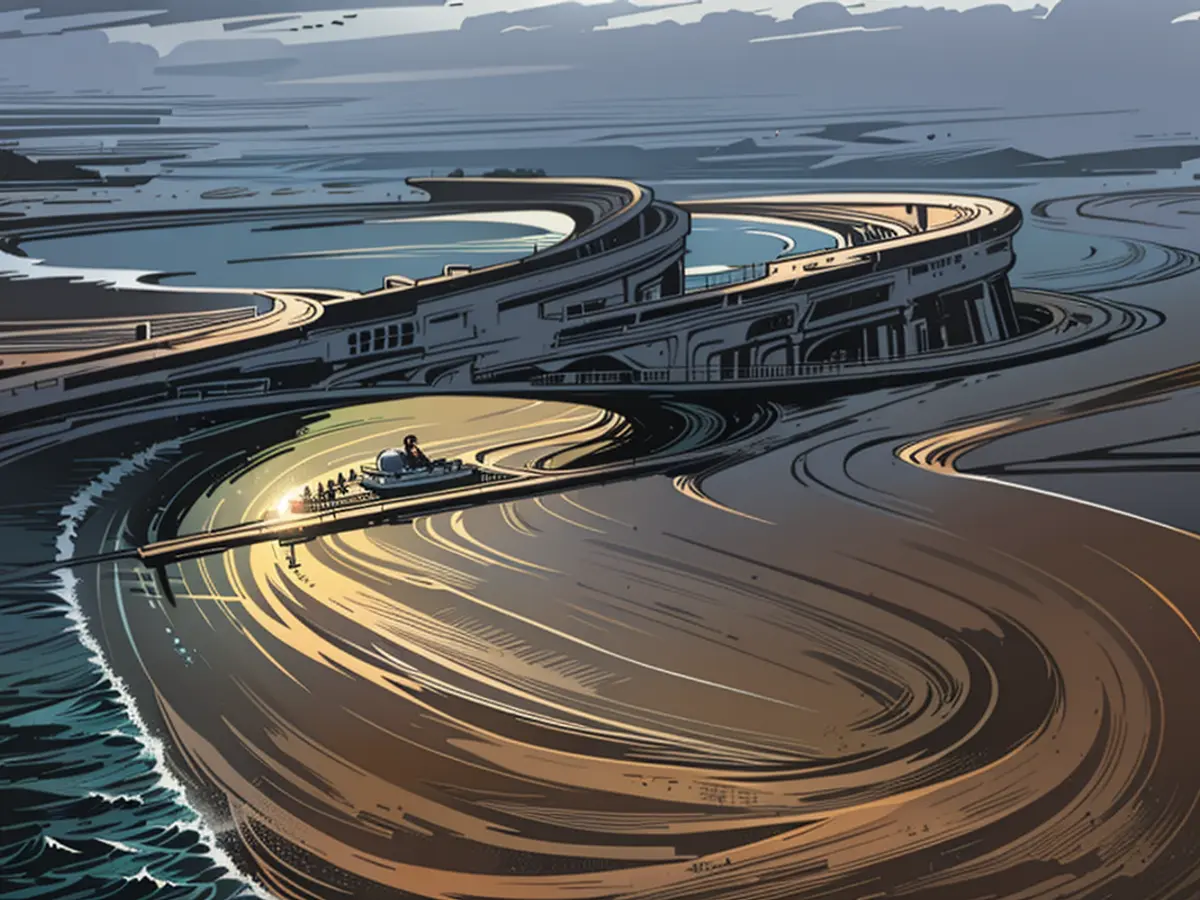- Climate change is changing the Wadden Sea at a record pace
The Wadden Sea is changing at a record pace due to climate change, according to a comprehensive report by around 30 researchers from the Alfred Wegener Institute. It shows that climate change is transforming an ecosystem in its entirety at a pace never seen before, report co-first authors Christian Buschbaum and Lisa Shama, who work at the AWI Wadden Sea Station in List on Sylt.
The impacts on the coast are diverse: "Climate change affects all levels of the Wadden Sea: temperature increase and sea level rise are changing the morphology of the coast and sediment dynamics, which have shaped the Wadden Sea for over 8,000 years," Buschbaum explained further.
"The Wadden Sea in the southeastern North Sea is warming faster than many other temperate coastal regions, with the surface temperature of the seawater having risen by almost 2 degrees Celsius in the last 60 years, which is almost double the average global increase in the oceans," the researchers write in their report in the journal "Marine Biodiversity". It was created to mark the 100th anniversary of the AWI Wadden Sea Station.
According to AWI, mild winters and very warm summer temperatures have a significant influence on the ecosystem. In particular, heatwaves with temperatures three to five degrees above average are becoming more frequent and lasting longer. These physical changes are affecting the distribution of individual species in the water and on the seabed.
Impacts on wildlife
Some species, such as cod, are particularly affected by these changes and are suffering from both warming and overfishing. Buschbaum emphasized: "We are also observing a clear increase in introduced, warmth-loving species." These are not yet threatening native organisms but are causing changes in the habitat. "Massive reefs of Pacific oysters and hectares of underwater forests formed by algae from the Far East are immediately recognizable to every Wadden Sea walker," said the researcher.
Adaptations to changed living conditions
The adaptations of the species living in the Wadden Sea include genetic adaptations and phenotypic plasticity. "Phenotypic plasticity allows individuals to adapt their properties and appearance in response to direct environmental cues without genetic changes," explained evolutionary biologist Shama. This can lead to species appearing at different times or their growth rate changing due to temperature increase. According to Shama, organisms can also adapt their reproduction strategies, for example, by producing more offspring to compensate for possible losses due to heat.
Significance of the Wadden Sea
The AWI emphasizes that the Wadden Sea is of great ecological importance for many fish and bird species, such as herring, oystercatchers, and eiders, which use this area for at least one phase of their life cycle. It serves as a nursery and feeding ground and provides young fish with protection from predators.
However, climate warming is shifting the occurrence of these species, with fish moving southward or bottom-dwelling species retreating to deeper and cooler water. Those that cannot shift their distribution ranges must adapt to the increasingly warmer conditions in the Wadden Sea.
Consequences for humans
Not only do the conditions change for the animals living in and around the Wadden Sea, but the consequences for the people living on the coast are also inevitable, according to Buschbaum and Shama. For instance, coastal protection measures and tourism concepts would have to be sustainably adapted to the changing conditions.
The ‘North Sea’, which borders the southeastern part of the Wadden Sea, is experiencing faster warming than many other temperate coastal regions, with surface temperatures rising by almost 2 degrees Celsius in the last 60 years. As climate change continues to impact the North Sea, the distribution of marine species could shift, potentially requiring adaptation of coastal protection measures and tourism concepts.







